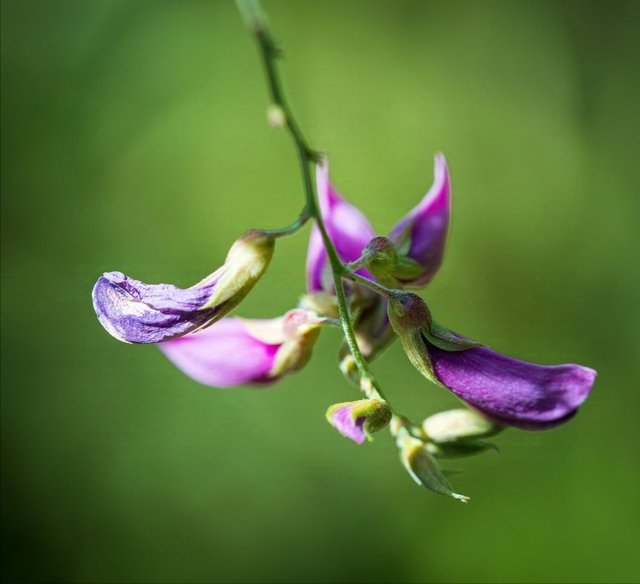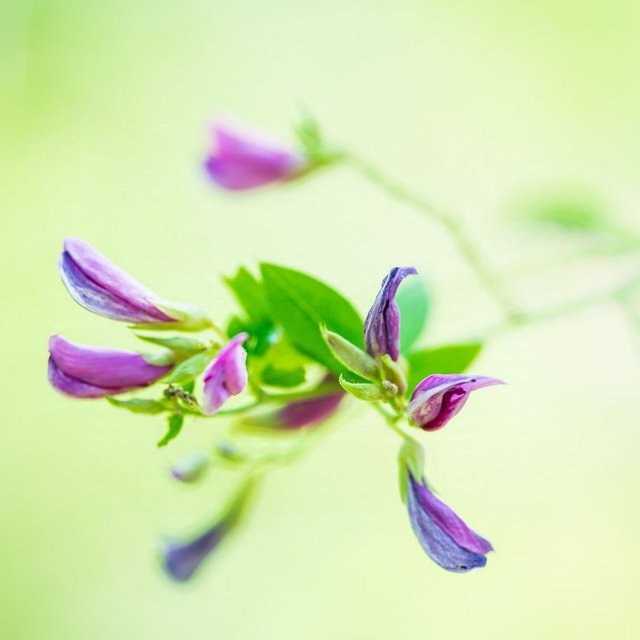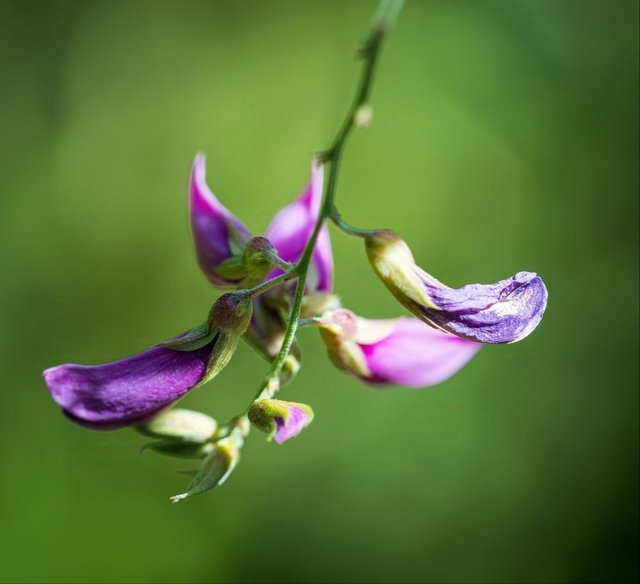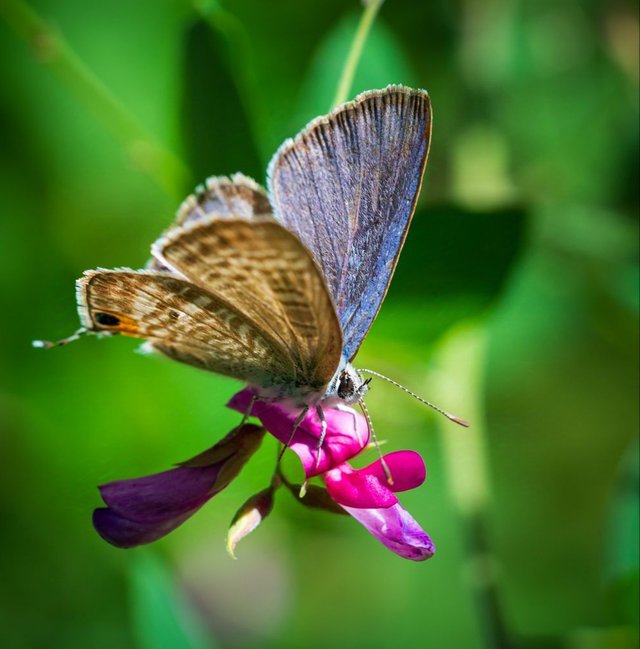Lespedeza bicolor, commonly known as Shrubby Lespedeza or Bush Clover, is a deciduous shrub native to East Asia, including China, Korea, and Japan. This species belongs to the Fabaceae family, which includes various plants that are important in agriculture and natural ecosystems for their ability to fix nitrogen in the soil through symbiosis with bacteria. Lespedeza bicolor has garnered attention not only for its ecological roles but also for its ornamental value, erosion control, and potential benefits for wildlife.
Botanical Description
Lespedeza bicolor is a woody shrub that typically grows between 1 to 3 meters in height. Its branching structure is open and arching, giving the plant a graceful, somewhat airy appearance. The leaves are pinnately compound, composed of three oval leaflets that are smooth and medium-green in color, often with a subtle silvery underside. The leaflets typically range from 2 to 5 cm long, with a rounded or pointed tip.
One of the most striking features of Lespedeza bicolor is its flowering display. From late summer to early fall, the shrub produces dense clusters of purple-pink, pea-like flowers. These flowers are typically about 1 to 2 cm across and have a papilionaceous structure, which is common in the legume family. The bloom period can last for several weeks, and during this time, the shrub becomes an attractive focal point for pollinators, including bees and butterflies. After flowering, small brown seed pods form, each containing one or two seeds. These seeds persist into the winter months and are a significant food source for birds and other wildlife.
Habitat and Growth Conditions
In its native habitat, Lespedeza bicolor is found growing on sunny slopes, forest edges, and open woodlands. It is highly adaptable to a range of soil conditions but prefers well-drained, slightly acidic soils. The shrub is tolerant of drought once established, making it an excellent choice for areas with low rainfall or for xeriscaping. Although it prefers full sun, Lespedeza bicolor can also tolerate partial shade. This adaptability has led to its use in a variety of landscaping projects, particularly in areas where soil stabilization is needed, such as on riverbanks, roadsides, and slopes.




Thanks For Reading
Device Information
| Device | cannon eos 600D |
|---|---|
| Lens | 55-250 zoom leans |
| Location | Myanmar |
